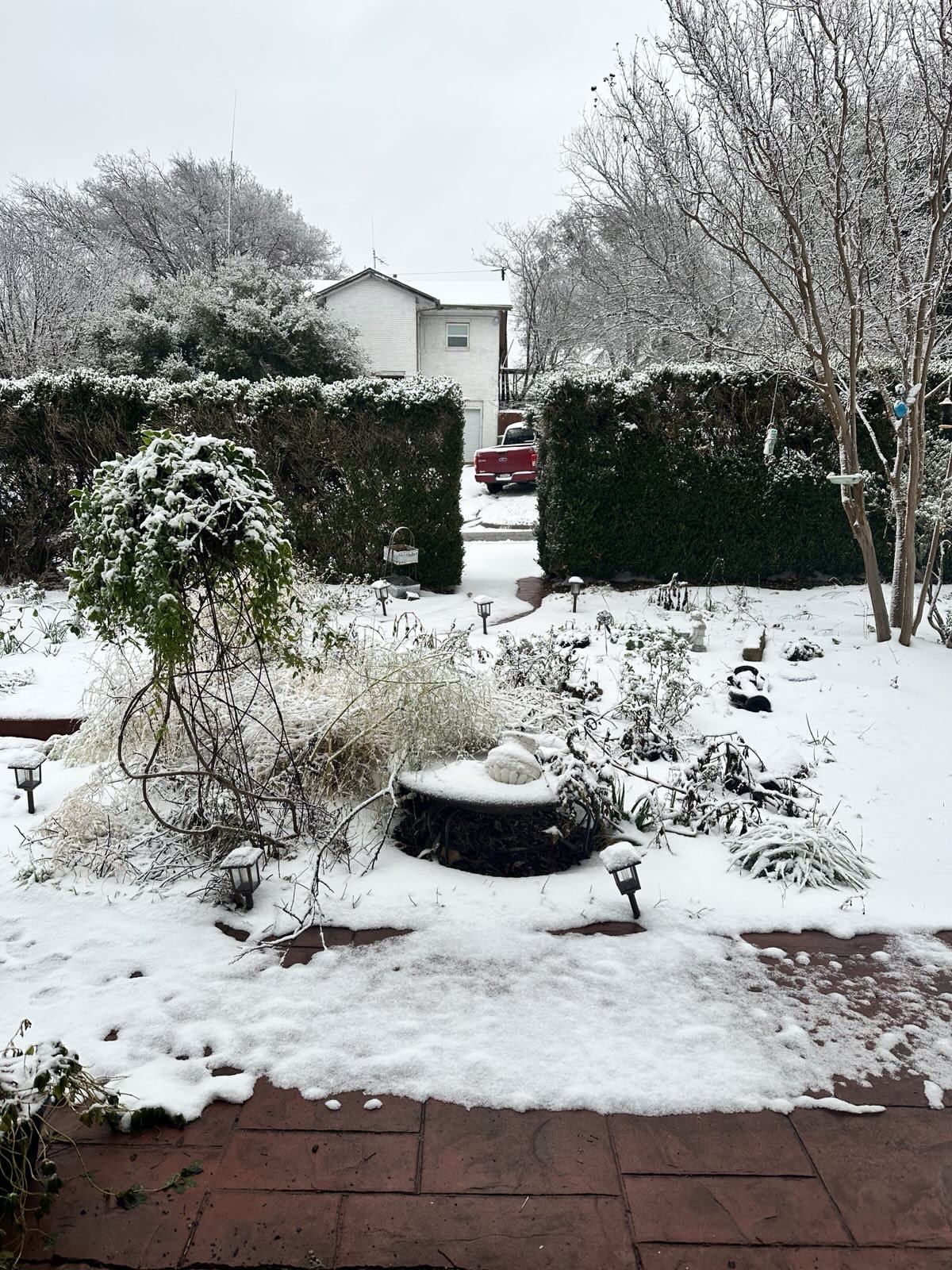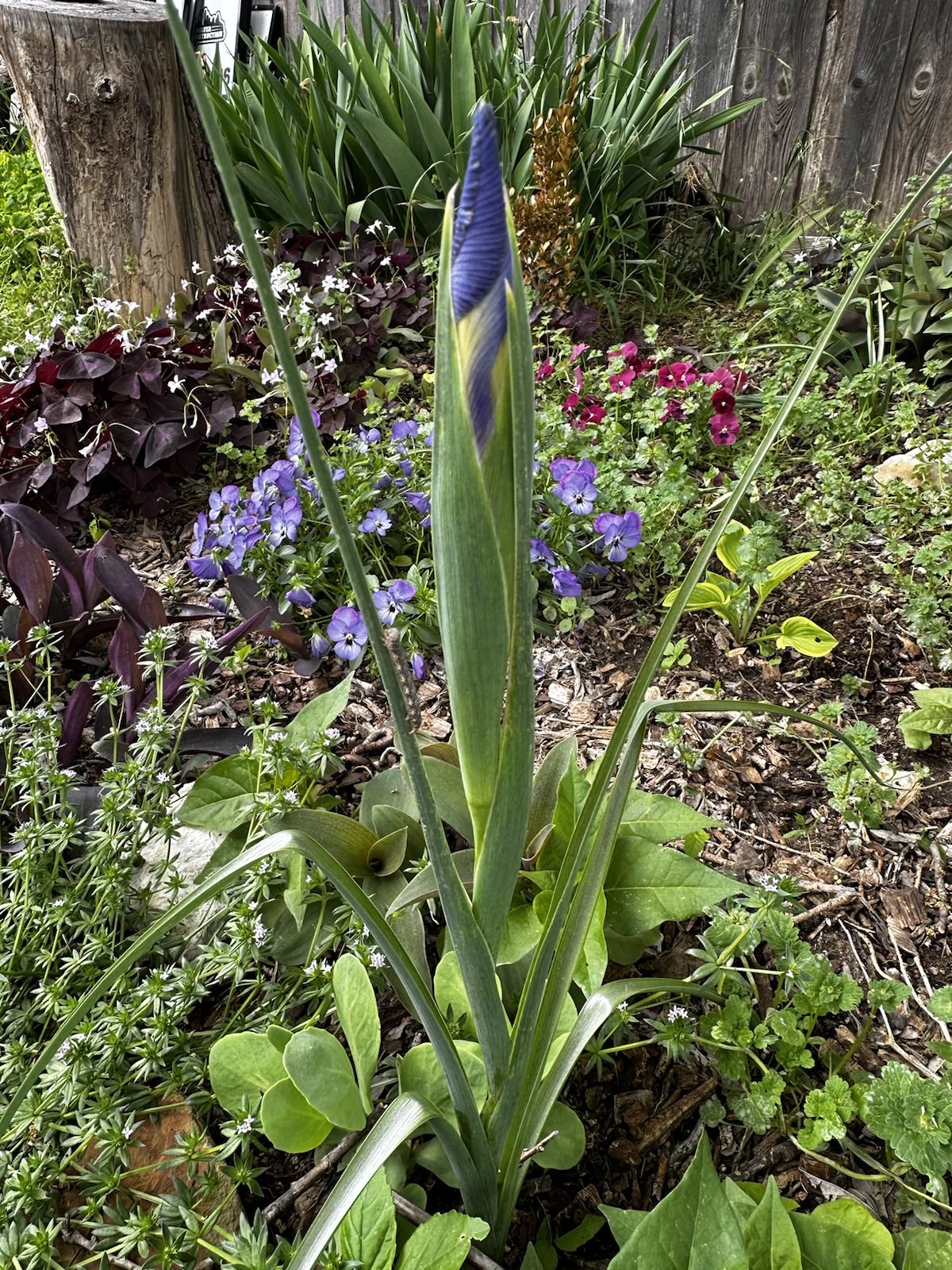 Beginning this weekend, the 17th through the 20th of January 2025 we’re expecting another hard freeze. This means it’s time again to make sure that your plants are adequately taken care of.
Beginning this weekend, the 17th through the 20th of January 2025 we’re expecting another hard freeze. This means it’s time again to make sure that your plants are adequately taken care of.
If you already have freeze cloth installed, don’t remove it, just leave it in place. With an adequate ground seal the frost cloth can provide as much as a 10°F increase in temperature around your plants. This means that the lows in the teens that we’re expecting this weekend will feel more like lows in the mid 20°s which may still damage some plants, but should not kill your hardy plants. It should be noted that the white frost cloth does still allow plenty of sunlight through to nurture and feed your plants with existing winter foliage or evergreen plants.
The other thing you can do to help protect your plants is to water them deeply immediately before a hard freeze – that is the afternoon and evening before a hard freeze. The addition of liquid water not only hydrates your plants and makes if more difficult for them to suffer from freeze damage, but the liquid water in the soil creates a little micro-climate underneath your frost cloth. Water requires an immense amount of energy loss before it transitions from liquid to solid ice. This resistance to what we call “phase change” from water to ice provides warmth to your plant by keeping the ambient temperature above 32°F until it has lost enough heat energy to finally change over to ice.
So what’s the plan? Simple: keep your frost cloth in place, inspect it to make sure that it has a good seal to the ground to trap warm air, and deeply water all of your plants to help provide additional protection against freezing.
To learn more about the Irrigreen systems we can install for you, visit Irrigreen.com, or give us a call at 877-558-1496.
Like what you’re reading? Get information like this delivered straight to your email inbox by signing up here. We will never sell your information, and you can unsubscribe at any time.






